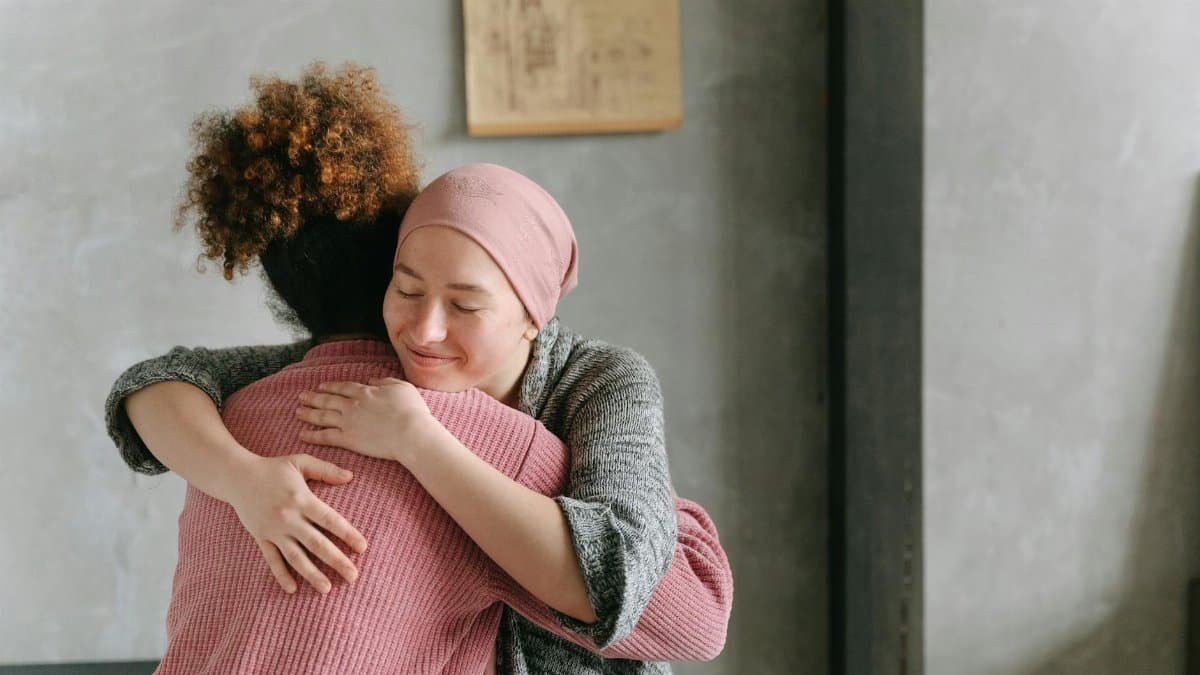Grief doesn’t just vanish; it reshapes lives in unexpected ways. New data shows that 70% of Americans who experience profound loss report discovering a deeper sense of healing peace years later, according to a recent study. This quiet transformation often reveals hidden lessons about resilience, empathy, and personal growth. But what exactly are these lessons, and how do they manifest long after the initial pain fades? In a fast-paced world, understanding this can change how we approach loss.
Embracing Vulnerability as Strength

One key lesson from grief is that vulnerability isn’t a weakness. Many people find that opening up about their pain leads to stronger connections. Experts note this shift fosters healing peace by allowing authentic relationships to form. In the U.S., support groups have seen a surge in participation, with attendance up 25% since 2020. This trend highlights how sharing stories builds emotional fortitude.
Redefining Priorities in Daily Life

Grief often forces a reevaluation of what’s truly important. Survivors frequently report ditching superficial pursuits for meaningful ones, like family time or personal passions. This realignment brings a form of healing peace that sticks. A American Psychological Association resource on grief explains how such changes enhance long-term well-being. In 2025, mental health apps focusing on priority-setting are booming, aiding this process.
Building Empathy Through Shared Pain

Experiencing loss heightens empathy for others in similar situations. This lesson turns personal suffering into a bridge for compassion. People who’ve grieved say it makes them better listeners and supporters. Studies indicate this empathy boost contributes to societal healing peace, reducing isolation. U.S. communities are leveraging this through grief counseling programs that emphasize mutual understanding.
Discovering Inner Resilience

Grief tests limits, but it also uncovers hidden reserves of strength. Many emerge realizing they can endure more than imagined. This revelation often leads to healing peace, as confidence grows. Research from the National Institutes of Health’s emotional wellness toolkit supports how resilience-building practices aid recovery. In recent years, resilience training has become a staple in workplace wellness initiatives across the country.
Letting Go of Control

A tough but vital lesson is accepting what’s beyond control. Grief teaches that clinging to the past hinders progress. Releasing this grip invites healing peace into everyday routines. Therapists recommend mindfulness techniques to facilitate this. With rising stress levels in 2025, Americans are turning to meditation apps to practice surrender and find calm amid uncertainty.
Finding Meaning in Memories

Instead of avoiding painful memories, grief encourages cherishing them for meaning. This shift transforms sorrow into a source of wisdom. People often create rituals or tributes that honor the lost, fostering ongoing healing peace. Community events, like annual memorials, have gained popularity, helping participants weave loss into life’s fabric without overwhelming grief.
Cultivating Gratitude Amid Loss

Surprisingly, grief can amplify gratitude for what’s left. Survivors learn to appreciate small joys more deeply. This perspective nurtures healing peace by balancing pain with positivity. Surveys show that post-grief gratitude practices correlate with lower depression rates. In the U.S., journals and apps dedicated to gratitude are helping millions integrate this lesson into their lives.
Navigating Relationships Post-Grief

Loss alters dynamics with friends and family. A hidden lesson is learning to communicate needs clearly. This improves bonds and prevents resentment. Healing peace emerges when relationships adapt and strengthen. Experts advise setting boundaries early, a strategy that’s proving effective in diverse American households facing various forms of bereavement.
Seeking Professional Support When Needed

Grief’s lessons sometimes require outside help to unpack. Turning to therapists or counselors reveals insights that self-reflection misses. This step accelerates healing peace. With mental health awareness peaking in 2025, access to services has expanded, making it easier for people to process these profound changes. Reputable organizations stress the importance of timely intervention for lasting benefits.
Integrating Lessons for Lifelong Growth

Ultimately, the hidden lessons of grief fuel continuous personal development. By applying them, individuals achieve a sustained healing peace that influences decisions and outlooks. U.S. trends show more people incorporating grief education into schools and workplaces, preparing future generations. This proactive approach ensures that loss, while painful, becomes a catalyst for positive transformation.
